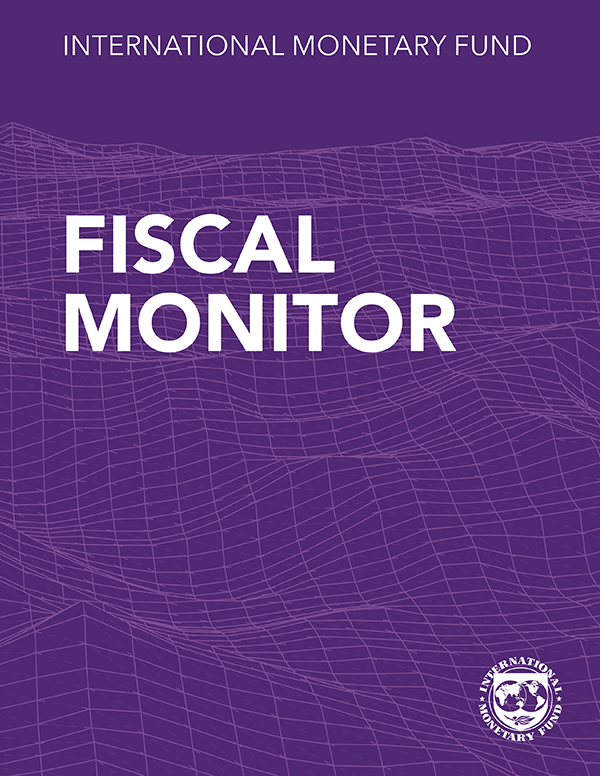Growth on Divergent Paths Amid Elevated Policy Uncertainty

Global economic growth is projected to slow down at 3.3 percent in both 2025 and 2026, marking a decline from the historical average of 3.7 percent between 2000 and 2019.
According to the latest forecast released by the World Economic Outlook (WEO), the US economy is expected to see an upward revision, contributing to the increase in global growth for 2025, while other major economies are projected to experience downward revisions.
The forecast also indicates that global headline inflation will decline to 4.2 percent in 2025 and further drop to 3.5 percent in 2026, converging back to target levels earlier in advanced economies than in emerging markets and developing economies.
However, medium-term risks to the baseline are largely viewed as negative, while near-term outlooks are characterized by divergent risks. The US economy is expected to see robust growth in the short term due to an increase in policy uncertainty, which affects other countries negatively.
This elevated policy uncertainty poses significant disruptions to the ongoing disinflation process and has implications for fiscal sustainability and financial stability. To mitigate these risks, policymakers must balance trade-offs between inflation and real activity, rebuild buffers, and invest in structural reforms as well as stronger multilateral rules and cooperation.
The international community is urged to work together to ensure economic growth remains on a steady path despite the present challenges.
